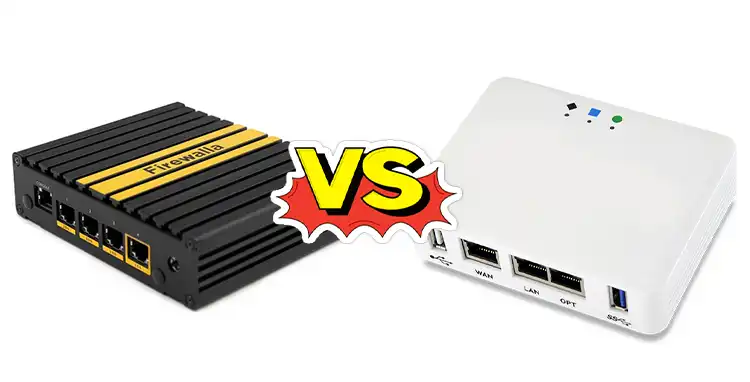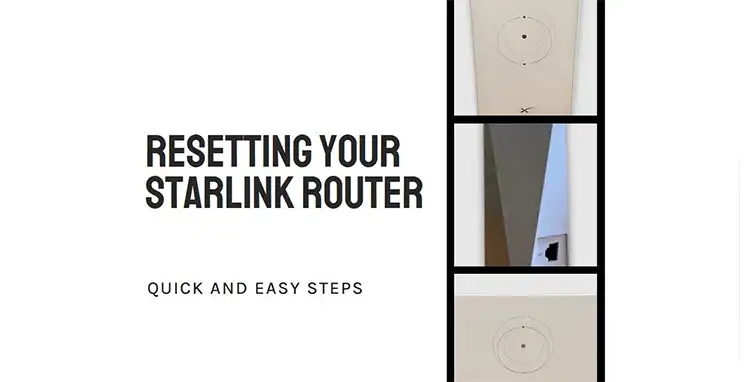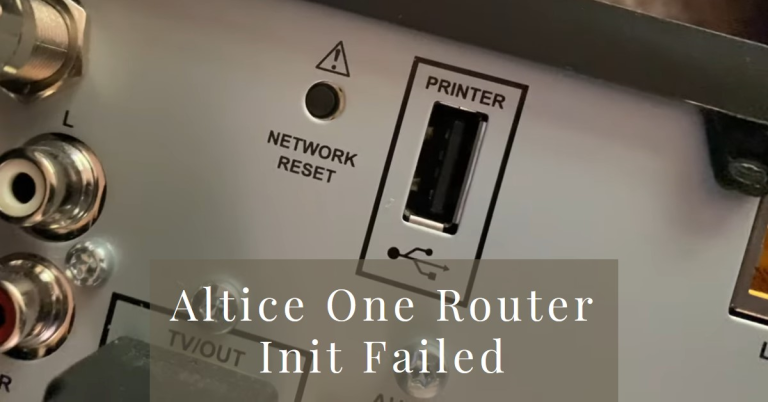Firewalla vs pfSense | Need a Better Router
With the ever-increasing threat landscape, choosing the right firewall solution can be a difficult task, especially with many options. Two prominent contenders in this arena are Firewalla and pfSense, each offering its unique set of features and capabilities.
Firewalla and pfSense are both powerful firewall solutions designed to safeguard your network from various cyber threats. While Firewalla is a user-friendly, cloud-managed solution tailored for home and small office environments, pfSense is an open-source firewall and router software renowned for its flexibility and advanced features, catering to a wide range of users, from home enthusiasts to enterprise-level organizations.
Understanding the key differences between Firewalla and pfSense can help you make an informed decision. Join me in this comprehensive comparison of these two firewall solutions, explore their features, performance, and suitability for various use cases.

Firewalla: A User-Friendly, Cloud-Managed Firewall Solution
Firewalla is a sleek and user-friendly firewall solution designed to provide robust network security for home and small office environments. With its intuitive web-based interface and mobile app, Firewalla simplifies the process of managing and monitoring your network, making it an attractive choice for individuals who value ease of use.
Key Features of Firewalla
- Cloud Management: Firewalla leverages the power of cloud technology, allowing you to manage and monitor your network from anywhere, using a web-based interface or a mobile app.
- Intrusion Detection and Prevention: Firewalla employs advanced intrusion detection and prevention systems (IDS/IPS) to identify and mitigate potential threats, ensuring the safety of your network.
- Ad Blocking and Parental Controls: With its built-in ad blocking and parental control features, Firewalla helps create a safer online environment for your family, blocking unwanted content and limiting access to inappropriate websites.
- VPN Support: Firewalla supports various VPN protocols, including OpenVPN and WireGuard, enabling secure remote access to your network and protecting your online privacy.
- Traffic Monitoring and Analytics: The intuitive dashboard provides real-time insights into your network traffic, allowing you to monitor and analyze network activities, identify potential security risks, and optimize performance.
Pros of Firewalla
- User-friendly interface and setup process, ideal for non-technical users
- Cloud-based management for remote access and control
- Comprehensive parental controls and ad blocking capabilities
- Regular software updates and security patches
Cons of Firewalla
- Limited customization options compared to more advanced solutions like pfSense
- Potential privacy concerns with cloud-based management
- Fewer advanced features for power users and enterprise environments
pfSense: The Open-Source Powerhouse for Network Security
pfSense is an open-source firewall and router software renowned for its flexibility, advanced features, and active community support. While it may have a steeper learning curve than Firewalla, pfSense offers unparalleled customization options, making it a popular choice among power users, network enthusiasts, and organizations with complex networking requirements.
Key Features of pfSense
- Advanced Firewall and Routing: pfSense boasts a robust stateful packet inspection firewall, advanced routing capabilities, and support for various VPN protocols, including IPsec, OpenVPN, and WireGuard.
- Traffic Shaping and Quality of Service (QoS): pfSense allows you to prioritize and manage network traffic based on specific rules, ensuring optimal performance for critical applications and services.
- Multi-WAN Support: With pfSense, you can configure and load-balance multiple internet connections, providing redundancy and failover capabilities for increased uptime and reliability.
- Captive Portal and User Authentication: pfSense offers a captive portal feature, enabling user authentication and access control for guest networks or specific network segments.
- Open-Source Community and Third-Party Packages: The vibrant open-source community behind pfSense contributes to its continuous development and provides a vast array of third-party packages and add-ons, extending its functionality.
Pros of pfSense
- Highly customizable and flexible, catering to advanced networking needs
- Open-source nature fosters transparency and community-driven development
- Extensive feature set, including traffic shaping, multi-WAN support, and user authentication
- Cost-effective solution for businesses and organizations
Cons of pfSense
- Steeper learning curve compared to user-friendly solutions like Firewalla
- Limited official support and documentation for complex configurations
- Potential security risks associated with third-party packages and community contributions
Comparison and Use Cases
When choosing between Firewalla and pfSense, it’s essential to consider your specific needs and requirements. Firewalla shines as a user-friendly, cloud-managed solution tailored for home and small office environments, offering robust security features and intuitive management capabilities. It excels in scenarios where ease of use, parental controls, and remote monitoring are priorities.
On the other hand, pfSense is the go-to choice for power users, network enthusiasts, and organizations with complex networking requirements. Its open-source nature, advanced features, and extensive customization options make it well-suited for environments that demand granular control, advanced routing capabilities, traffic shaping, and multi-WAN support.
Ultimately, the decision between Firewalla and pfSense boils down to striking a balance between user-friendliness and advanced functionality.
To help you better understand the differences, here’s a comparison table highlighting the key features and capabilities of Firewalla and pfSense:
| Feature | Firewalla | pfSense |
| Target Audience | Home and small office users | Power users, network enthusiasts, and organizations with complex networking needs |
| User Interface | User-friendly, cloud-managed interface | Powerful but steeper learning curve |
| Installation | Plug-and-play hardware appliance | Software installation on compatible hardware or virtual machine |
| Parental Controls | Comprehensive parental controls and ad blocking | Limited built-in parental control features |
| VPN Support | OpenVPN and WireGuard | IPsec, OpenVPN, WireGuard, and more |
| Traffic Shaping | Basic traffic prioritization | Advanced traffic shaping and Quality of Service (QoS) |
| Multi-WAN Support | Limited multi-WAN capabilities | Robust multi-WAN support with load balancing and failover |
| Customization | Limited customization options | Highly customizable with extensive third-party packages and add-ons |
| Remote Management | Cloud-based remote management | Remote management through web interface or third-party tools |
| Community Support | Dedicated support from Firewalla | Vibrant open-source community and forums |
| Pricing | Paid hardware appliance and subscription plans | Free open-source software (paid support available) |
This table highlights the key differences in terms of the target audience, user interface, features, customization options, and pricing models between Firewalla and pfSense. It should help you quickly compare and contrast the two solutions based on your specific requirements.
Summary
While Firewalla shines with its user-friendly cloud-managed interface and comprehensive home security features, pfSense stands as a powerful open-source platform, catering to advanced networking requirements and offering unparalleled customization options. Ultimately, the choice between these two solutions depends on your specific needs, technical expertise, and the level of control you require over your network. Whether you prioritize ease of use or demand advanced functionality, understanding the strengths and limitations of Firewalla and pfSense will empower you to make an informed decision that aligns with your unique requirements. If you have any further questions or need clarification on any aspect of these firewall solutions, feel free to leave a comment below. We wish you all the best in fortifying your network security and achieving a seamless online experience.
Similar Queries
What is the Main Difference Between Firewalla and pfSense?
The main difference lies in their target audience and approach. Firewalla is a user-friendly, cloud-managed firewall solution designed for home and small office environments, while pfSense is an open-source, highly customizable firewall and router software catering to advanced users and complex networking needs.
Is Firewalla Better Than pfSense for Home Use?
Firewalla is generally considered a better choice for home use due to its intuitive interface, comprehensive parental controls, and ease of setup and management. However, for power users or those with more advanced networking requirements, pfSense may be a more suitable option.
Can pfSense Be Used for a Home Network?
Yes, pfSense can certainly be used for home networks, especially if you require advanced features like traffic shaping, multi-WAN support, or granular control over your network configuration. However, it may have a steeper learning curve compared to more user-friendly solutions like Firewalla.
Does Firewalla Offer Advanced Routing Capabilities?
While Firewalla does offer basic routing capabilities, it may not provide the same level of advanced routing features and customization options as pfSense. If you require advanced routing configurations or multi-WAN support, pfSense might be the better choice.
Is pfSense Completely Free to Use?
Yes, pfSense is an open-source firewall and router software that is completely free to use. However, some additional features or commercial support options may require a paid subscription or fee.






